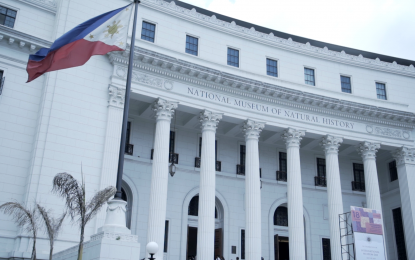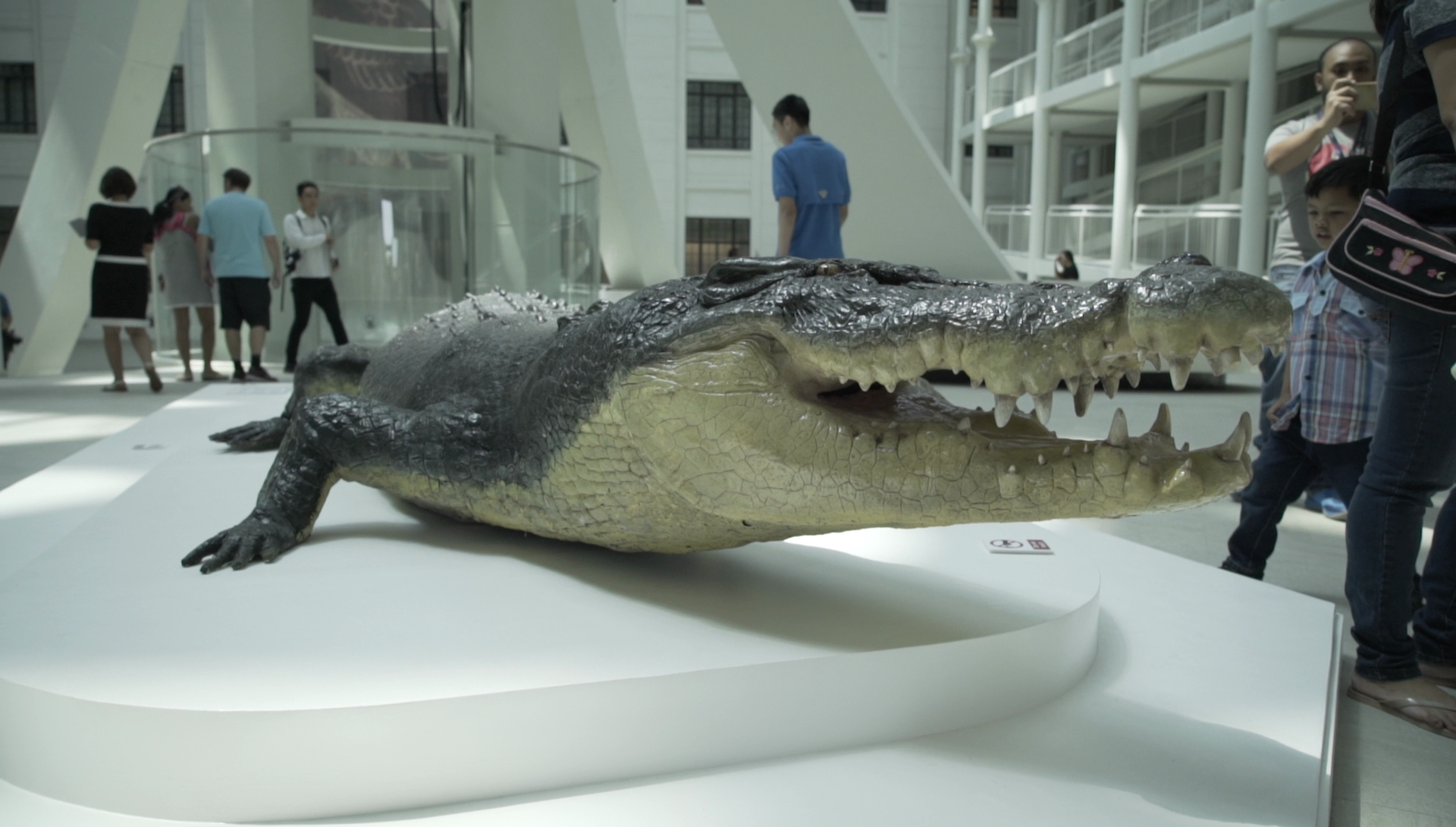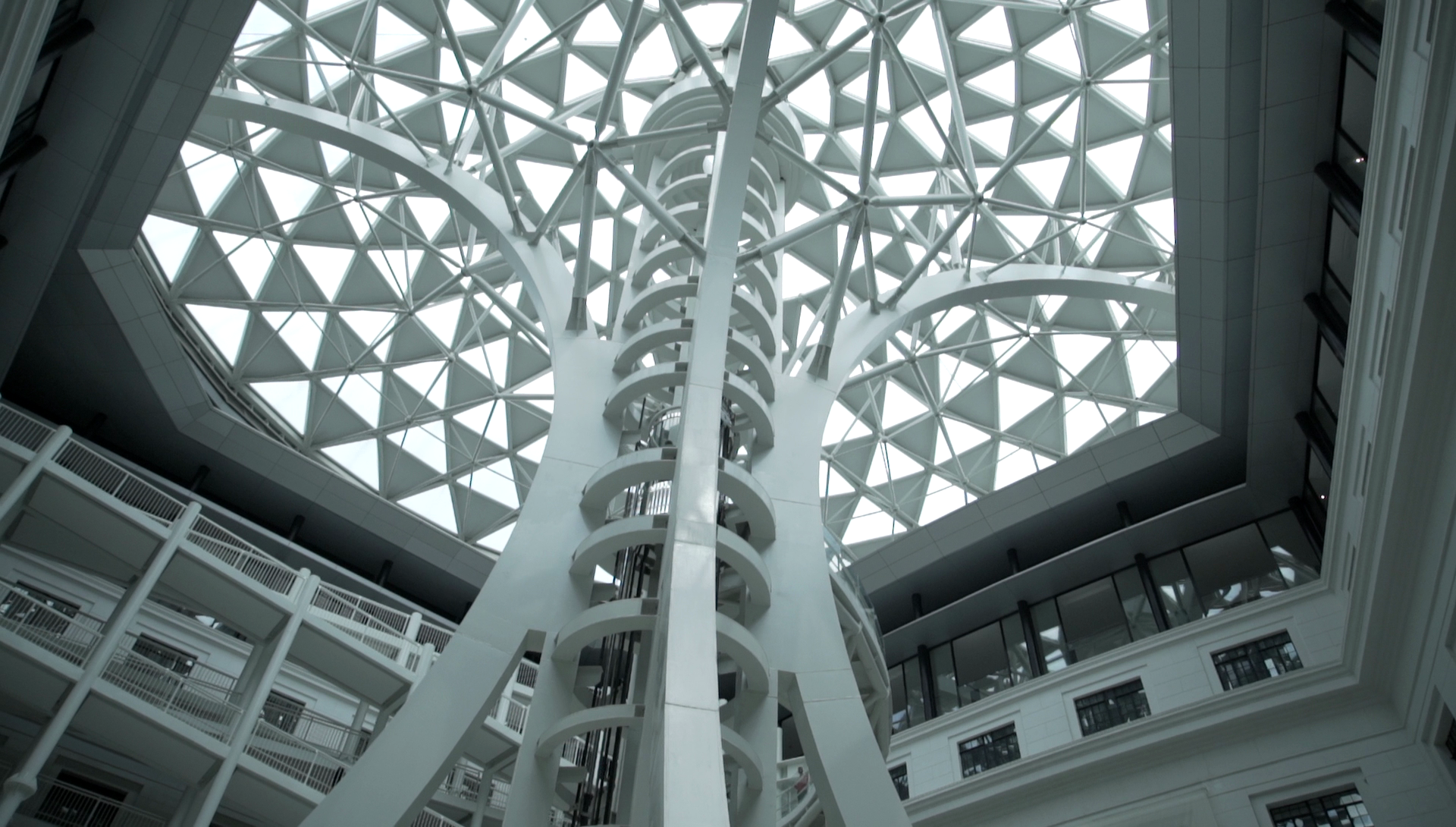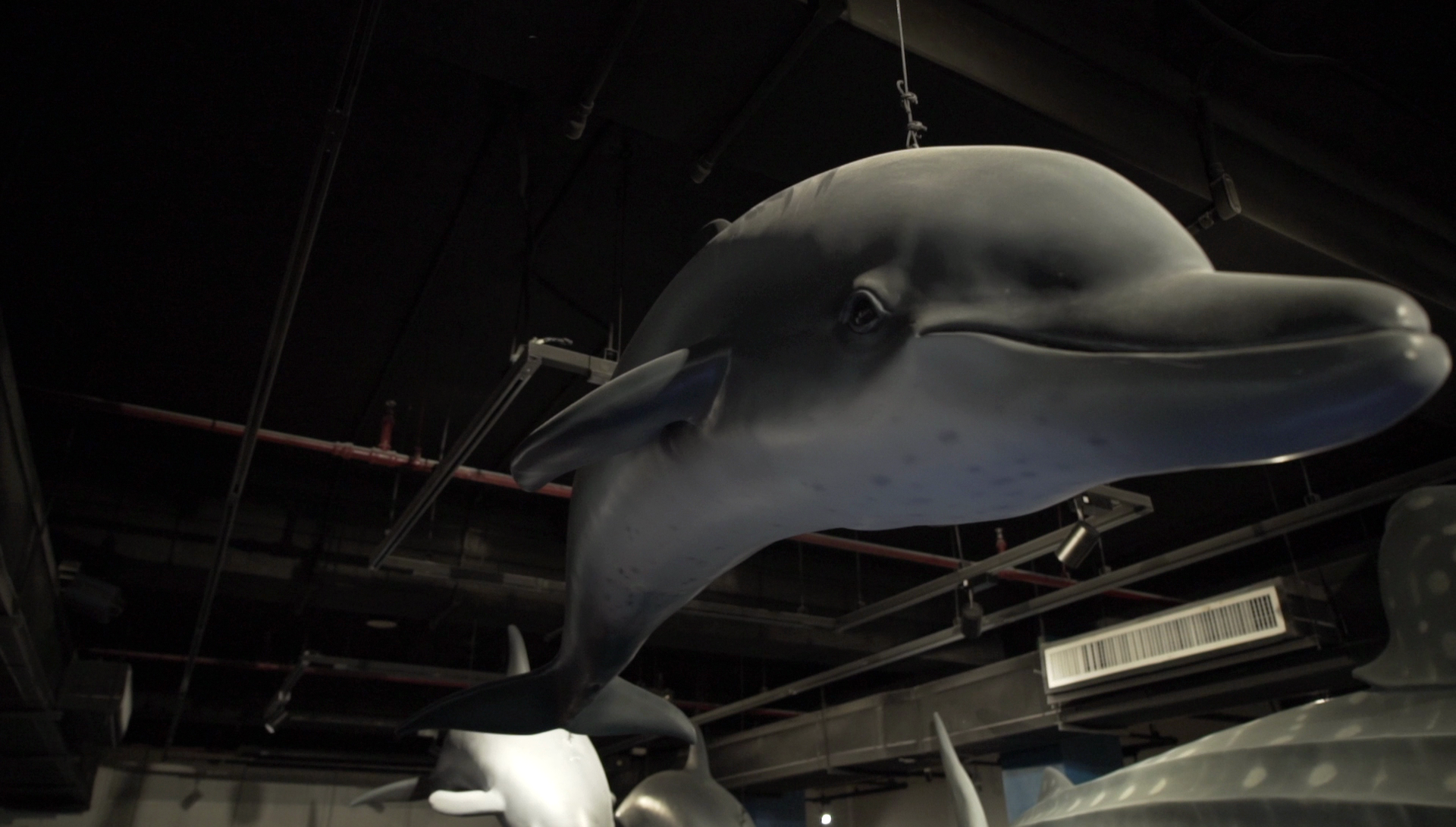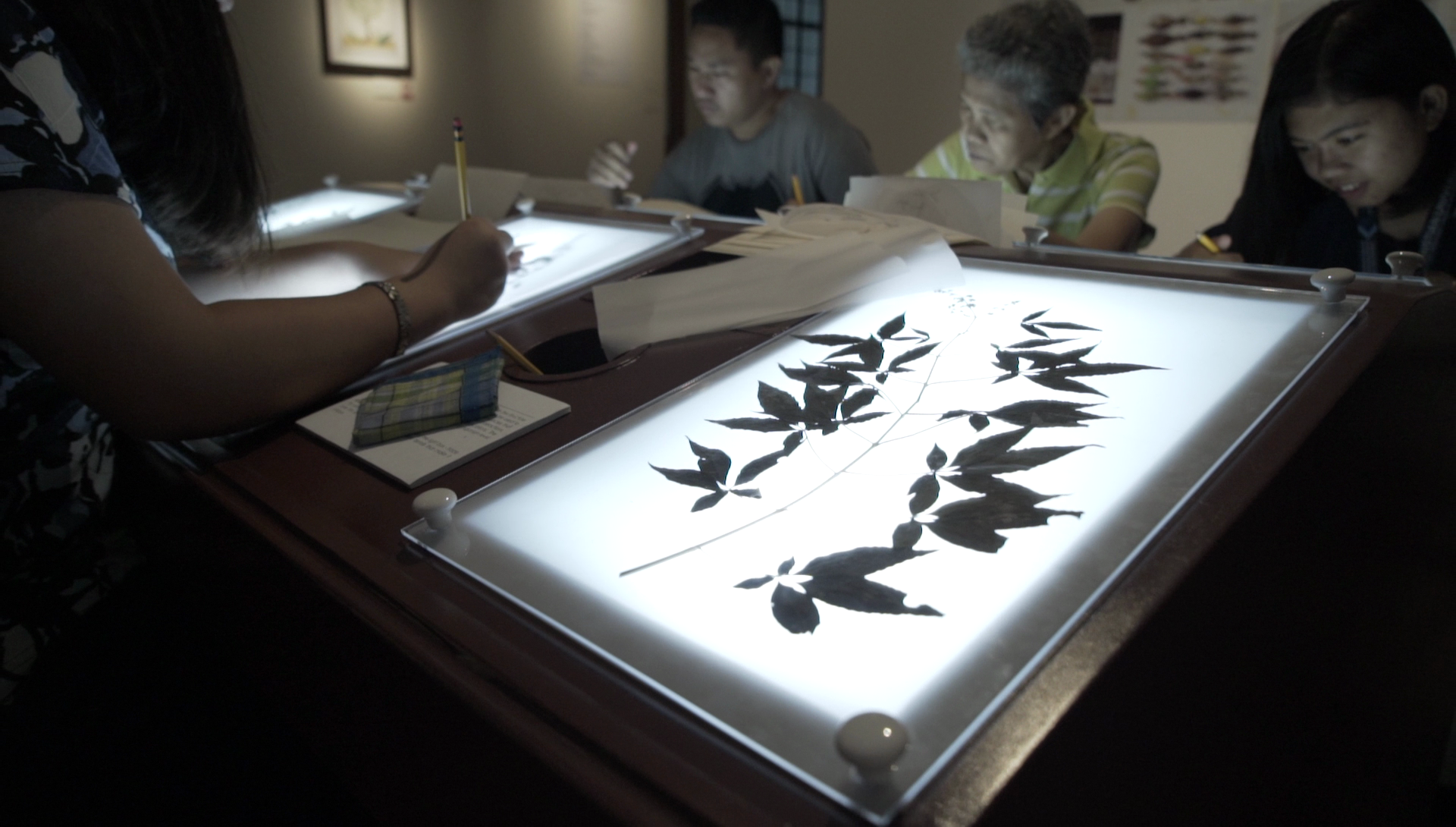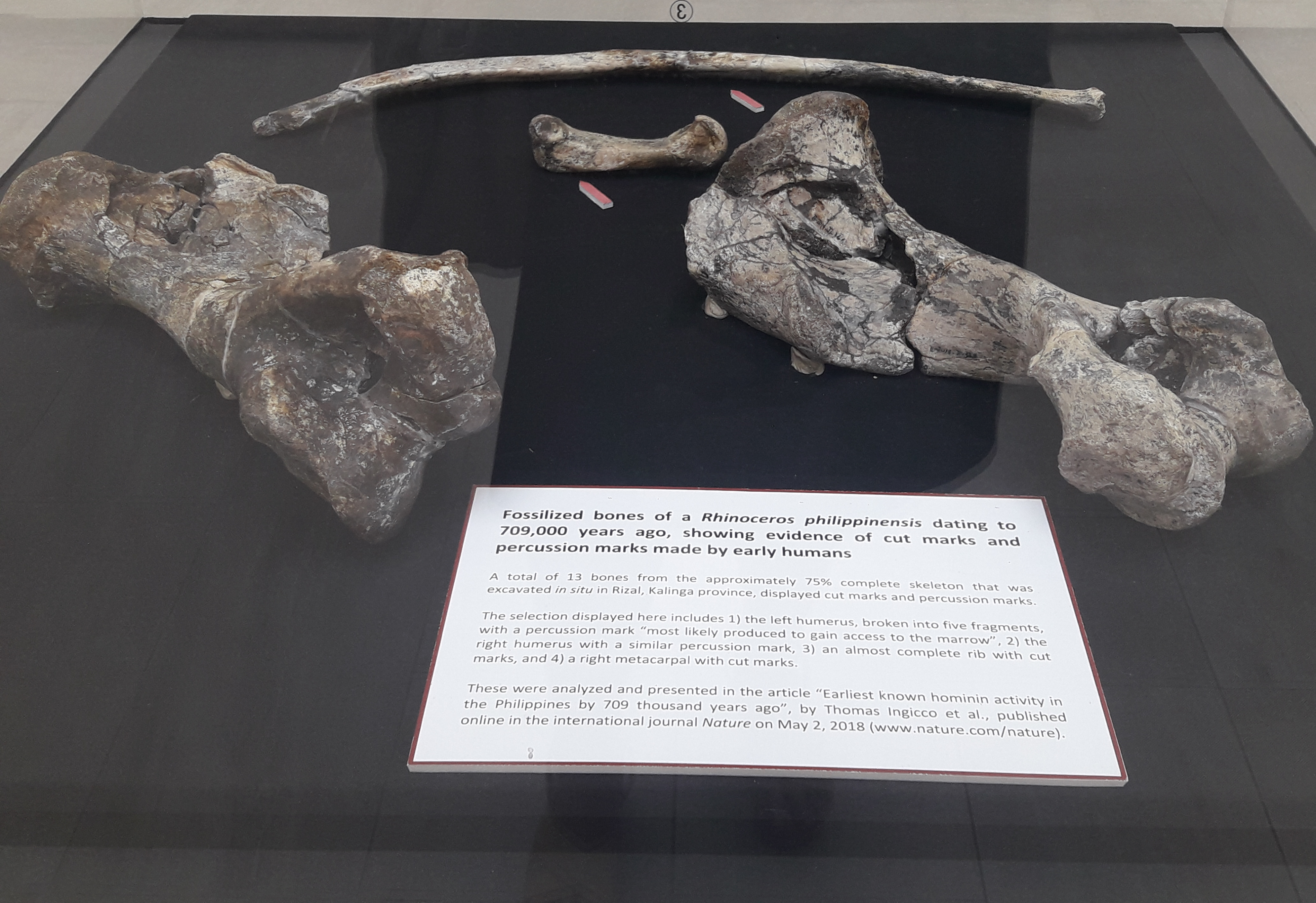MANILA — The National Museum of Natural History opened to the public on Friday, International Museum Day. Hundreds of visitors from neighboring cities and provinces flooded its entrance to gaze upon proofs of Philippines’ rich biodiversity.
Even though most of them waited under the sun from a few minutes to about half an hour to get in, the visitors didn’t grumble as they were left amazed by the rendezvous of heritage and state-of-the-art design inside the museum.
The Project
“The opening of the museum marks the completion of the conversion of the Department of Tourism (DOT) Building into a world-class museum facility that will benefit all Filipinos by helping us all to know better and develop a greater appreciation for the gifts of nature with which our country is so richly endowed,” National Museum of the Philippines (NMP) chairman Ramon del Rosario said in a press conference.
Formerly known as the office of the tourism department, the almost 90-year old heritage building was retrofitted into a museum by virtue of the National Museum Act which was introduced by late Senator Edgardo Angara and approved by former President Fidel Ramos in 1998.
Del Rosario said the implementation of the project began a year after the building was acquired in 2013.
He said “it is a four-year piece of work which is still an ongoing project up to date.”
According to NMP Board of Trustees member Maria Isabel Ongpin, the biggest challenge the team faced in the beginning is the retrofitting of the building in compliance with the National Building Code, Fire Code, Electrical and Sanitary Codes.
“The preliminary estimate for the retrofitting of the building was PHP50 million, but after the DOT moved out and the building was stripped down and they had a closer investigation, they told us it will actually cost PHP400 million,” National Museum of Natural History Director Jeremy Robert Barns said.
“I’m not trying to demean anyone. It was a typical government office, under-maintained, under-funded. It took ages to strip down all the additions and partitions. The electrical system and plumbing didn’t work, the comfort rooms are rotten except for the offices of the secretary and undersecretaries,” he said.
Del Rosario explained that the building was stripped down to bare, which is the most important part of the structure because of its historical value.
“The skeleton of the building is preserved and enhanced. One of the outstanding halls is the Ayala Reception Hall where Lolong’s skeleton is suspended. It used to be cut in the middle by a floor so you cannot appreciate it the way it is now. That’s a great example of the adaptive reuse principle,” he said.
Getting enough funds was another challenge they had to face so they decided it to be a “collaboration between the government and the private sector,” del Rosario added.
“Fundraising had to be done, and you know culture is not on top of the list of things people would like to donate to, they’d rather donate to education and disasters,” he said.
“This is a collaboration of the administrations from Ramos to Duterte, during Aquino’s administration they allotted a huge budget for this project and decided to implement it, Duterte continued the project and saw it through its completion,” he added.
Del Rosario also said part of the museum was a gift from the private sector — the Tree of Life.
“Without it the museum would look much simpler so we convinced the private sector to pull some funds and erect this magnificent structure, they donated in kind,” he said.
What to see
Barns said the specimens in the museum are new and have never been displayed before.
“They have been collected especially for this project, except for the old specimens that were first displayed in the 90’s at the old Congress building,” he said.
Lolong. Lolong was the largest salt water crocodile in captivity. In the museum, he was resurrected in two forms — bones and replica. His replica can be found near the upper entrance while his skeleton hangs from the ceiling of the Ayala Reception Hall on the second floor. His replica will eventually be replaced by the exact preserved specimen.
Tree of Life. The Tree of Life is a glass and aluminum dome with an elevator at the center which leads to the topmost floor of the museum where visitors can enjoy generous amount of natural light from a canopy inspired-ceiling. It also leads visitors to the ramp system which allows visitors to move from one floor to another with ease.
The Globe. This can be found in one of the museum’s galleries showcasing the earth’s biosphere and the effects of climate change in the environment. The eruption of Mount Pinatubo in 1991, the El Niño phenomenon in 1997, and the Indian Ocean tsunami in 2004 are a few of the many events which affected the environment and the entire world.
Exhibits. Beaches, forests, mangroves and ocean life were recreated in different galleries in the museum. Huge replicas of a manta ray, a whale shark and a dolphin could be found at the Marine Life gallery while taxidermied Philippine birds are on display at the Forest life exhibit.
Artworks. Paintings of Philippine orchids and sketches of flowers and plants are framed and pinned to the gallery walls.
Rhinoceros Philippinensis. The tooth and four bones of the Rhinoceros Philippinensis which were analyzed and presented as proof of earliest hominin activity in the country by 709,000 years ago are on display at the Ayala Reception Hall
Crowd’s reaction
A group of students from Cavite State University told Philippine News Agency (PNA) that they have traveled two hours in order to visit the museum on its opening day.
“We’ve been waiting for more than 10 minutes but we’re still far from the entrance. This is our project in our Humanities subject, we’ll write a reaction paper,” they said.
The students said many do not have love for culture and history of the country because of their addiction to contemporary culture.
“Internet, technology and focus on games. [We think] teachers should push for things about culture like national games, and trips to museums because it’s not boring it’s more about adventure and history,” they said.
Michelle Algabre, a grade 8 student, told PNA that her favorite part of the museum is the drawing table where different plant species are traced in a paper.
“Anyone who doesn’t have excellent drawing skills can do this, you just have to have the patience to do it, you just need to place the paper here and trace away. This helps children learn more about plants, their scientific names and care for the environment around us,” she said.
Algabre’s mom said, “I bring my kids to museums because it’s interesting and they gain knowledge, they learn different things here. When they were still in Singapore, they do tours in museums because the school said it is helpful in children’s studies.”
“It is very heart-warming to see the response of the people, so many people especially young people in particular are very interested in coming to see this new museum but not only this museum all the other museums have generated crowds that surpassed our expectations through these months and years, it gives me a sense of pride and satisfaction,” del Rosario said.
